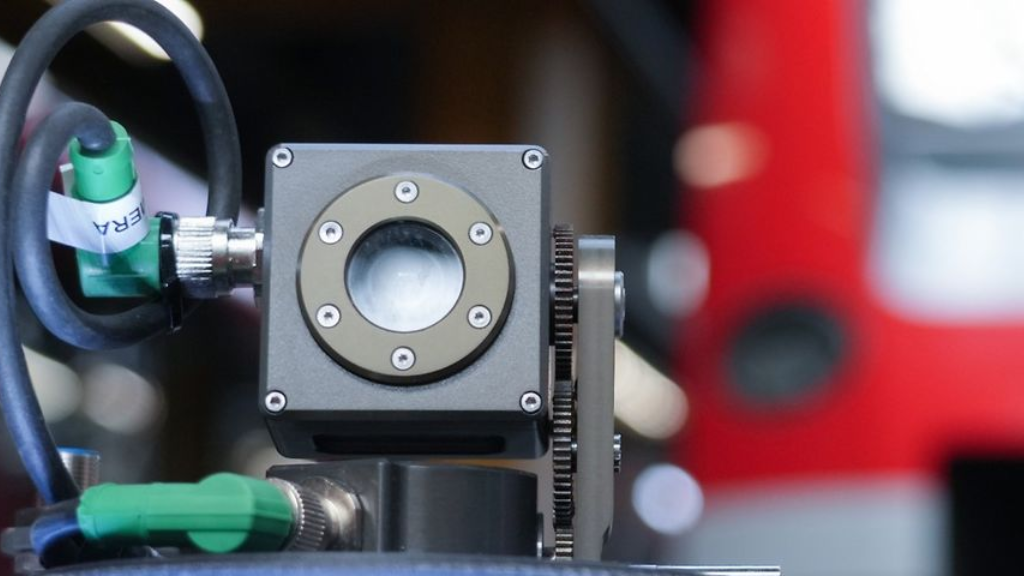Deutsche Bahn presents new tools for digital maintenance
| Deutsche Bahn (DB) is increasing the use of digital tools in its plants. With AI-supported camera gates, mobile robots and digital wheelset measuring systems, the Group ensures more efficient maintenance and ensures that the trains are available to passengers again more quickly. |
| Even today, up to 20 hours a day of time-consuming routine work can be eliminated per S-Bahn plant. This relieves the burden on employees and thus creates more capacity for the targeted maintenance of the growing vehicle fleets. Digitalization, automation, the use of artificial intelligence and a Group-wide recruitment offensive are also means of combating the impending shortage of skilled workers for Deutsche Bahn. The Munich-Steinhausen S-Bahn plant is a pilot plant for digital maintenance at DB Regio. Today, Dr. Daniela Gerdtom Markotten, DB’s Chief Technology and Digital Officer, and Evelyn Palla, DB’s Board Member for Regional Transport, presented three of the digital tools that ensure maintenance capacities even in times of dwindling skilled workers. Munich’s S-Bahn fleet alone will grow by 16 to 289 vehicles this year, and they will also be maintained at the DB Regio plant in Steinhausen. Dr. Daniela Gerd tom Markotten, DB Board Member for Digitalization and Technology: “Punctuality begins at the plant. The digitalization of maintenance is therefore central to a successful transport transition. If activities can be carried out more quickly and in a more targeted manner, passengers also benefit. After all, a shorter maintenance time leads to higher vehicle availability.” Automatic all-round analysis with three digital tools The digital tools presented today are effective in three areas: An AI examines images taken through a camera gate during train journeys for damage and irregularities on the train, the laser system measures the profile values of the wheelsets, and the robot inspects the trains from below. This results in a detailed overall picture of the vehicle’s condition and maintenance requirements. In the future, thanks to the evaluations, the employees in the plant will know exactly where they need to lend a hand and will be able to focus on the necessary work. Time-consuming routine tasks, such as inspecting the train roofs, are no longer necessary. The visual inspection of the entire vehicle often takes several hours per train with the human eye, but with the camera gate it can be done in just a few minutes. |
Original article HERE
Image: deutschebahn.com

